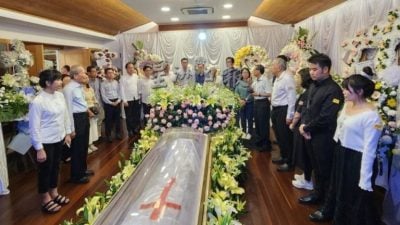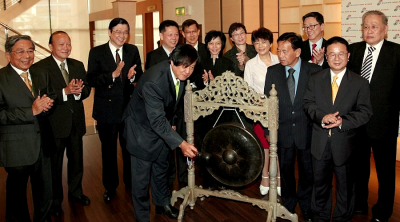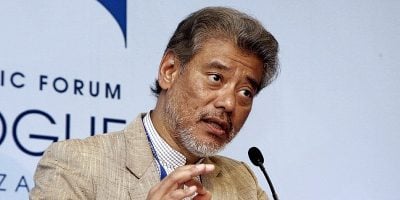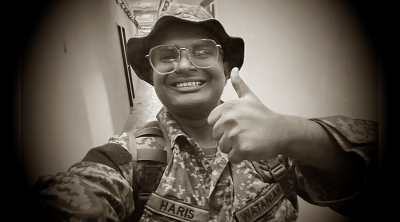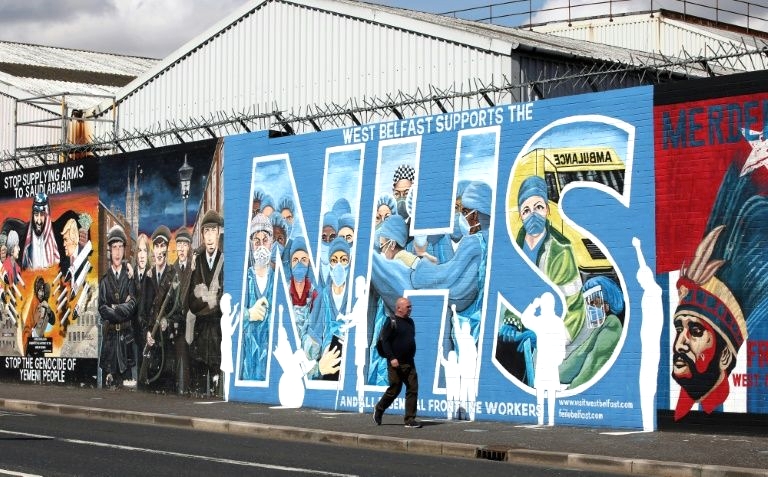
By Joe STENSON
BELFAST (AFP) — Northern Ireland's public walls have long been known for their towering murals, glorifying gunmen of the paramilitary groups that fought for decades over British rule.
But alongside flaking depictions of "The Troubles", new technicolour tributes have been painted — to the frontline workers battling the coronavirus pandemic.
Artists across the sectarian divide between unionists, in favour of continued British rule, and republicans wanting a united Ireland, have turned their focus to doctors and nurses.
With more than 400 COVID-19 deaths in Northern Ireland, communities have been brought together against a common enemy.
"We already are having these ritualistic moments when we're coming out and we're clapping in support of NHS (National Health Service) workers," Queen's University Belfast anthropology lecturer Dominic Bryan told AFP.
"But that of course has also very quickly appeared on murals right across Northern Ireland."
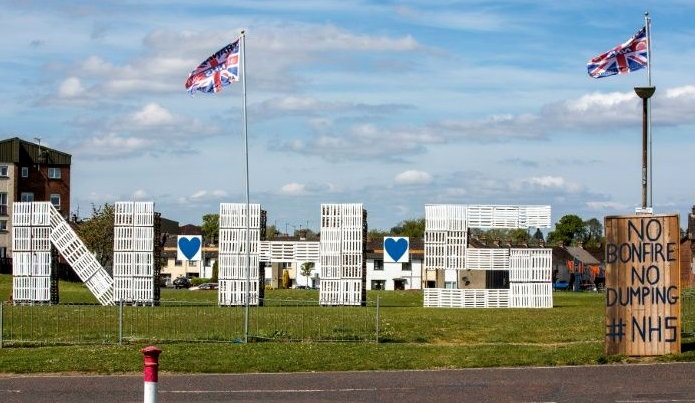
Guns on walls
In a republican area of north Belfast, one hand-painted mural thanks frontline workers with a rainbow and depicts medical staff as superheroes.
Nearby is another image from a different crisis: a gunman taking aim.
Elsewhere, a heart shape surrounds the letters NHS in a graffiti mural on a "peace wall", built years ago to separate once-warring communities.
Over 30 years before a 1998 peace deal, Northern Ireland was rocked by bombs and bullets, as republican Catholic paramilitaries fought their loyalist Protestant counterparts.
More than 3,500 were killed — from both sides and the British security services.
"In the 1980s and 1990s we really saw murals take off as a way of reflecting the politics and the conflict in the city," Bryan said of Belfast.
"You started getting many more militaristic images of the IRA (Irish Republican Army), images of gunmen with balaclavas on and the loyalists… want to define their areas in the same way."
In post-conflict Belfast, the murals are still folded into daily life.
In the east of the city, a mother pushes a pram past a two-storey tribute to loyalist paramilitaries brandishing machine guns.
"Belfast as a city is a divided city," explained Bryan. "The murals can be used both to give that political community a sense of cohesion, but also to mark space.
"People going into that community or into that area can feel a sense of threat."
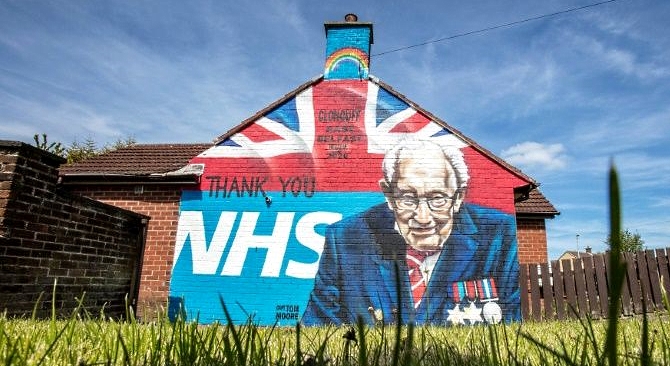
Art of peace
Since 1998 there has been a change in the art on the walls of Northern Ireland.
Paintings have shifted towards commemoration and been joined by "peace murals" depicting happy times — children at play and sporting triumphs.
The tributes to frontline healthcare workers could be a similar sign old wounds are healing.
Meanwhile July 12 marches and bonfires — both traditional high points celebrating unionist culture — have been cancelled this year.
Colossal bonfires sometimes adorned with Irish flags and placards in provocation of republicans will not be burned.
In Portadown, County Armagh, a stack of wooden pallets has instead been used to spell out a tribute to NHS workers.
"Some people talked about putting Union flags on it," a member of the local loyalist bonfire committee told Irish state broadcaster RTE.
"We decided against that as Catholics and Protestants work for the NHS and we didn't want to make it political."
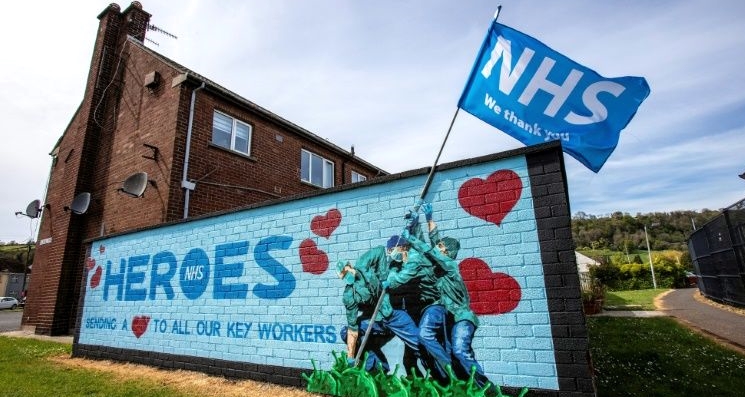
Different depictions
Bryan has noticed another trend.
Republicans and unionists depict frontline workers in art shot through with conflicting themes of heroism.
Rainbow murals to workers can be found in both nationalist and unionist areas, he said.
In the window of his own house, his children have drawn rainbows urging passers-by to "stay safe".
But "there is another narrative however that you see about, and that links the NHS very much with Britishness and also has a link to the military", he said.
"It sees NHS workers as fighters in a war, and it links them therefore to past conflicts, and that link with a sense of Britishness is very much found in unionist or loyalist areas."
In unionist Glynn village, north of Belfast, one such mural shows workers in scrubs planting an NHS banner in mottled earth the shape of the coronavirus — aping the famed photo of US troops raising the flag during World War II on Iwo Jima.
"In one sense you see real cohesion, particularly in working class areas, and lots of resilience across communities," said Bryan.
"However there is no doubt that this narrative as it plays out will become more complex and I think will become more divisive."

ADVERTISEMENT
ADVERTISEMENT






